 So this robot and the doctor have kind of a co-dependent thing going on, don't they? 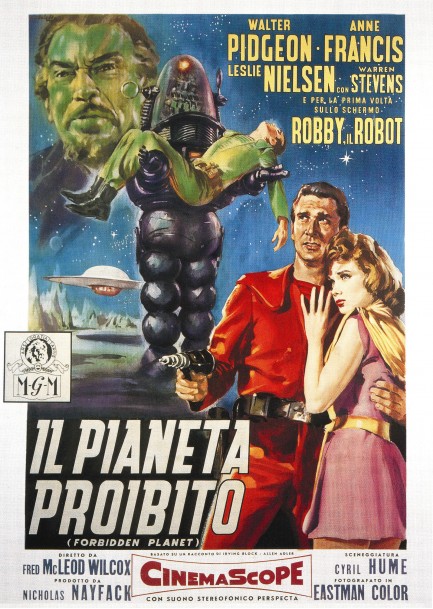
Above, an Italian promo poster painted by Averado Ciriello for Il pianeta proibito, aka Forbidden Planet, which premiered in Italy today in 1956 with future comedy icon Leslie Nielsen in the lead role. There are a few Italian promos. On this poster you see an unconscious Walter Pidgeon being carried by Robby the Robot. This is what happens in the movie, but on most other posters, including the U.S., Spanish, and French iterations, the robot carries a female figure—which doesn't happen at any point in the film. All the posters are great, but the fact that only Ciriello's version showed what actually happened in the film instead of going for the damsel in distress motif is interesting. Check out the Spanish and French promos here.
 He who goes up must one day come down. 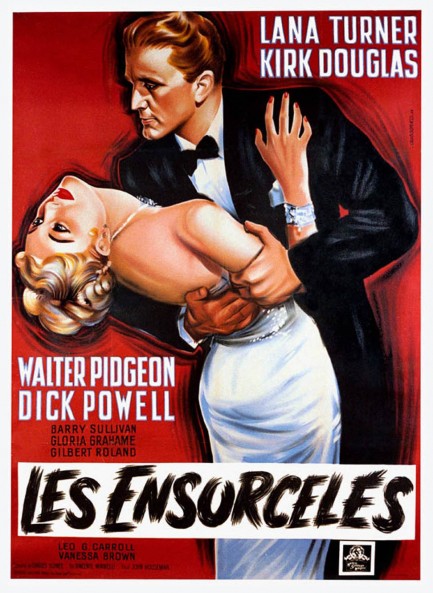
This beautiful poster for Vicente Minelli’s 1952 drama The Bad and the Beautiful was made for the film’s French release as Les ensorceles. A behind-the-scenes look at the rise of a legendary Hollywood producer, the story is told in triptych, with each section focused on someone the producer betrayed during his rise to the top. The three sections are wrapped in a framing device wherein the betrayed have been called together to hear the producer’s pitch for working together again. Of course, all of them are too angry to consider such a collaboration—at least at first. The real attraction here is seeing 1950s Hollywood turn its camera inward for a look at the machinations behind the magic of movies. The cast—Kirk Douglas, Dick Powell, Lana Turner, Walter Pidgeon, and Gloria Grahame—range from excellent to adequate, and the story of ruthlessness being rewarded in Tinseltown has a contemporary feel. The saying goes that it’s best to be nice to everyone you meet on the way up because you run into the same people on the way down. Doubtless that’s true, but even better advice would be to never come down at all.
Turning our attention to the poster, you may notice that the design was inspired by the promo shot just below. Except—hold on a sec. Is that Douglas and Turner? No, it isn’t. It’s Gilbert Roland and super hottie Elaine Stewart. The producers must have liked their dance bit so much they decided to use it as inspiration for the promo art, basically putting Douglas's and Turner's heads atop Roland’s and Stewart’s bodies. That’s like being left on the cutting room floor, but somehow even worse. In Stewart’s case at least, we will be sure to get back to both her head and body. Les ensorceles premiered in France today in 1953.
 Hapless colonialists in Africa? Bad things are bound to happen. 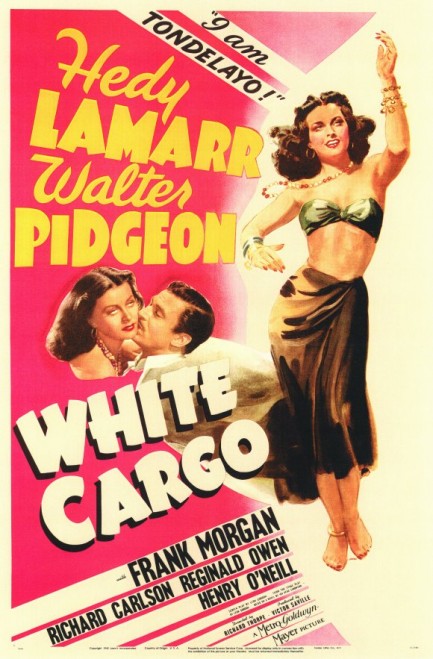 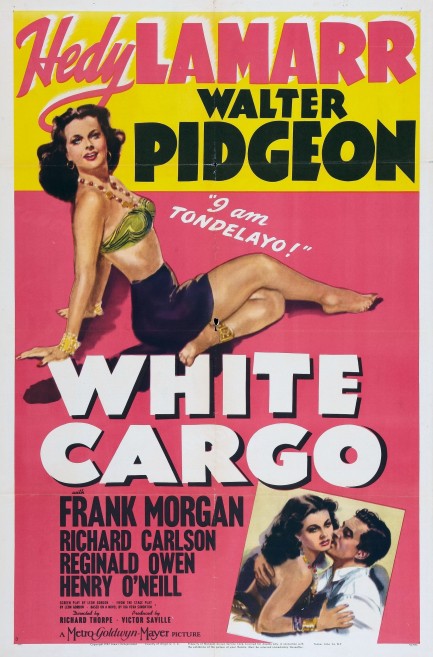
We had no idea when we watched 1942’s White Cargo that the movie had caused such a stir, but in its day it was more than just a film—it was a cultural phenomenon. The public quoted the dialogue, comedians referenced it in their acts, and journalists used the name of Hedy Lamarr’s character Tondelayo as a descriptive. So what was the movie about? Basically it’s Americans learning that Africa will corrupt them, and Africa plus Hedy Lamarr will corrupt them absolutely. In the original novel Hell’s Playground, Tondelayo was black, but because the American censorship regime known as the Hays Code banned sexualized interaction between black and white characters, she was changed to Arab for the movie. So there’s Hedy Lamarr done up in shoe polish and a sarong she borrowed from Dorothy Lamour, driving the American colonialists batty with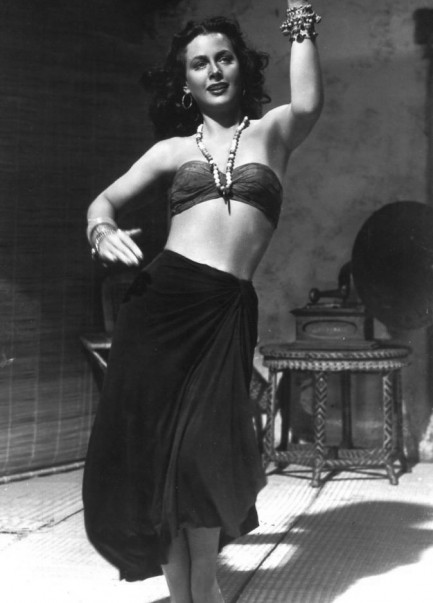 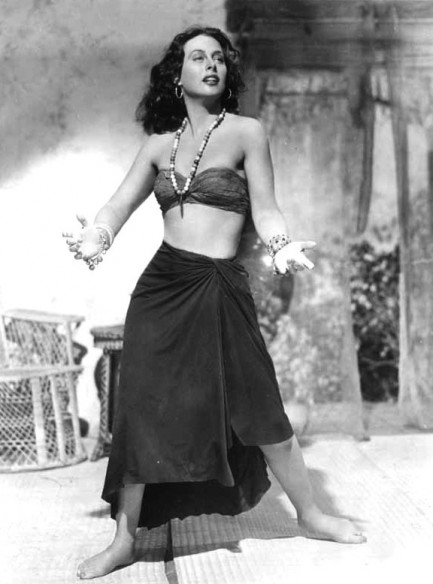 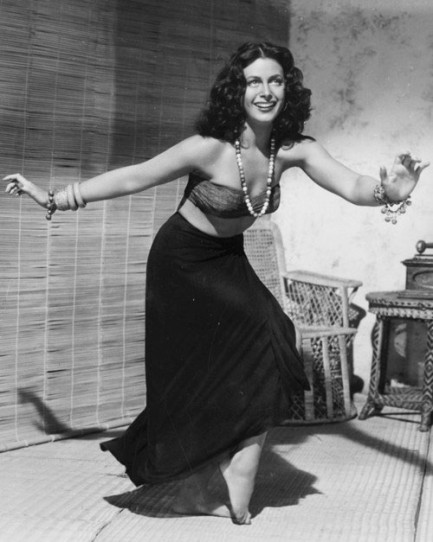 desire. Most transcendent movie characters have a memorable entrance, and when Lamarr emerges from the shadows and torpidly delivers her first line—“I am Tondelayo”—as the camera lingers on her preternaturally glowing eyes, it’s certainly not something you’d easily forget. Nor would you forget her sinuous dance number or the way she slithers in and out of various scenes like an Egyptian cobra. We don’t have to get deeply into the plot. It’s boy meets girl, boy pursues girl, boy is ruined by girl as all the other boys say, “Told you so, dumbass.” It’s pretty funny stuff, but highly charged for the time. Think of it as 1942’s Fatal Attraction—a sexually themed cautionary tale that everyone saw and had an opinion about. More than seventy years later—if you can get past the shoe polish, the ridiculous dialogue, and the needless moralizing—it’s still a fun movie. Is it good? We wouldn’t go that far. desire. Most transcendent movie characters have a memorable entrance, and when Lamarr emerges from the shadows and torpidly delivers her first line—“I am Tondelayo”—as the camera lingers on her preternaturally glowing eyes, it’s certainly not something you’d easily forget. Nor would you forget her sinuous dance number or the way she slithers in and out of various scenes like an Egyptian cobra. We don’t have to get deeply into the plot. It’s boy meets girl, boy pursues girl, boy is ruined by girl as all the other boys say, “Told you so, dumbass.” It’s pretty funny stuff, but highly charged for the time. Think of it as 1942’s Fatal Attraction—a sexually themed cautionary tale that everyone saw and had an opinion about. More than seventy years later—if you can get past the shoe polish, the ridiculous dialogue, and the needless moralizing—it’s still a fun movie. Is it good? We wouldn’t go that far.
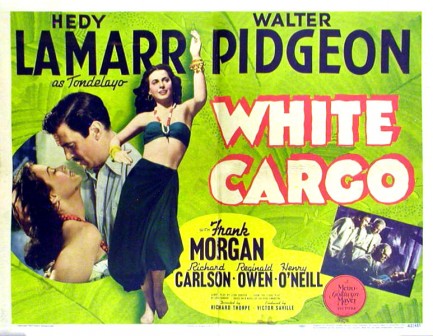 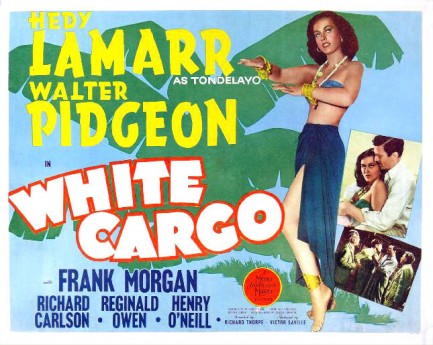
|
 |

The headlines that mattered yesteryear.
2003—Hope Dies
Film legend Bob Hope dies of pneumonia two months after celebrating his 100th birthday. 1945—Churchill Given the Sack
In spite of admiring Winston Churchill as a great wartime leader, Britons elect
Clement Attlee the nation's new prime minister in a sweeping victory for the Labour Party over the Conservatives. 1952—Evita Peron Dies
Eva Duarte de Peron, aka Evita, wife of the president of the Argentine Republic, dies from cancer at age 33. Evita had brought the working classes into a position of political power never witnessed before, but was hated by the nation's powerful military class. She is lain to rest in Milan, Italy in a secret grave under a nun's name, but is eventually returned to Argentina for reburial beside her husband in 1974. 1943—Mussolini Calls It Quits
Italian dictator Benito Mussolini steps down as head of the armed forces and the government. It soon becomes clear that Il Duce did not relinquish power voluntarily, but was forced to resign after former Fascist colleagues turned against him. He is later installed by Germany as leader of the Italian Social Republic in the north of the country, but is killed by partisans in 1945.
|

|
|

It's easy. We have an uploader that makes it a snap. Use it to submit your art, text, header, and subhead. Your post can be funny, serious, or anything in between, as long as it's vintage pulp. You'll get a byline and experience the fleeting pride of free authorship. We'll edit your post for typos, but the rest is up to you. Click here to give us your best shot.

|
|




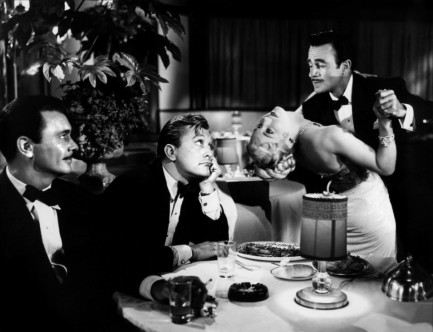
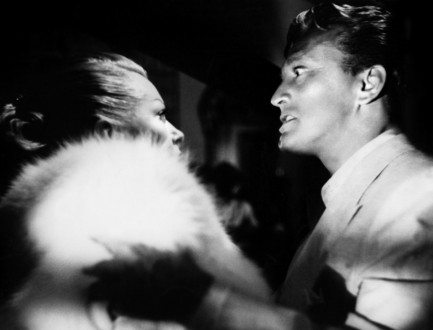
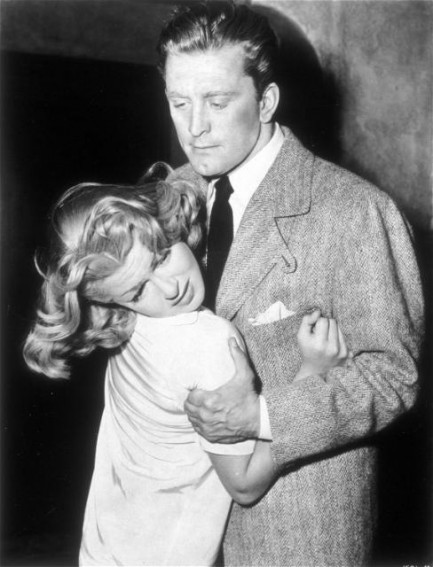
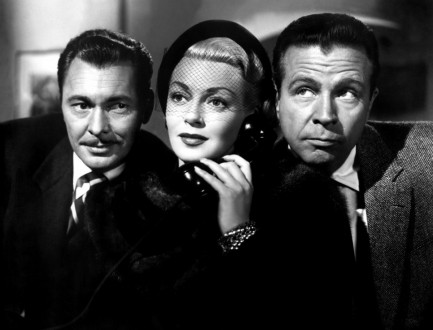





 desire. Most transcendent movie characters have a memorable entrance, and when Lamarr emerges from the shadows and torpidly delivers her first line—“I am Tondelayo”—as the camera lingers on her preternaturally glowing eyes, it’s certainly not something you’d easily forget. Nor would you forget her sinuous dance number or the way she slithers in and out of various scenes like an Egyptian cobra. We don’t have to get deeply into the plot. It’s boy meets girl, boy pursues girl, boy is ruined by girl as all the other boys say, “Told you so, dumbass.” It’s pretty funny stuff, but highly charged for the time. Think of it as 1942’s Fatal Attraction—a sexually themed cautionary tale that everyone saw and had an opinion about. More than seventy years later—if you can get past the shoe polish, the ridiculous dialogue, and the needless moralizing—it’s still a fun movie. Is it good? We wouldn’t go that far.
desire. Most transcendent movie characters have a memorable entrance, and when Lamarr emerges from the shadows and torpidly delivers her first line—“I am Tondelayo”—as the camera lingers on her preternaturally glowing eyes, it’s certainly not something you’d easily forget. Nor would you forget her sinuous dance number or the way she slithers in and out of various scenes like an Egyptian cobra. We don’t have to get deeply into the plot. It’s boy meets girl, boy pursues girl, boy is ruined by girl as all the other boys say, “Told you so, dumbass.” It’s pretty funny stuff, but highly charged for the time. Think of it as 1942’s Fatal Attraction—a sexually themed cautionary tale that everyone saw and had an opinion about. More than seventy years later—if you can get past the shoe polish, the ridiculous dialogue, and the needless moralizing—it’s still a fun movie. Is it good? We wouldn’t go that far.





































































